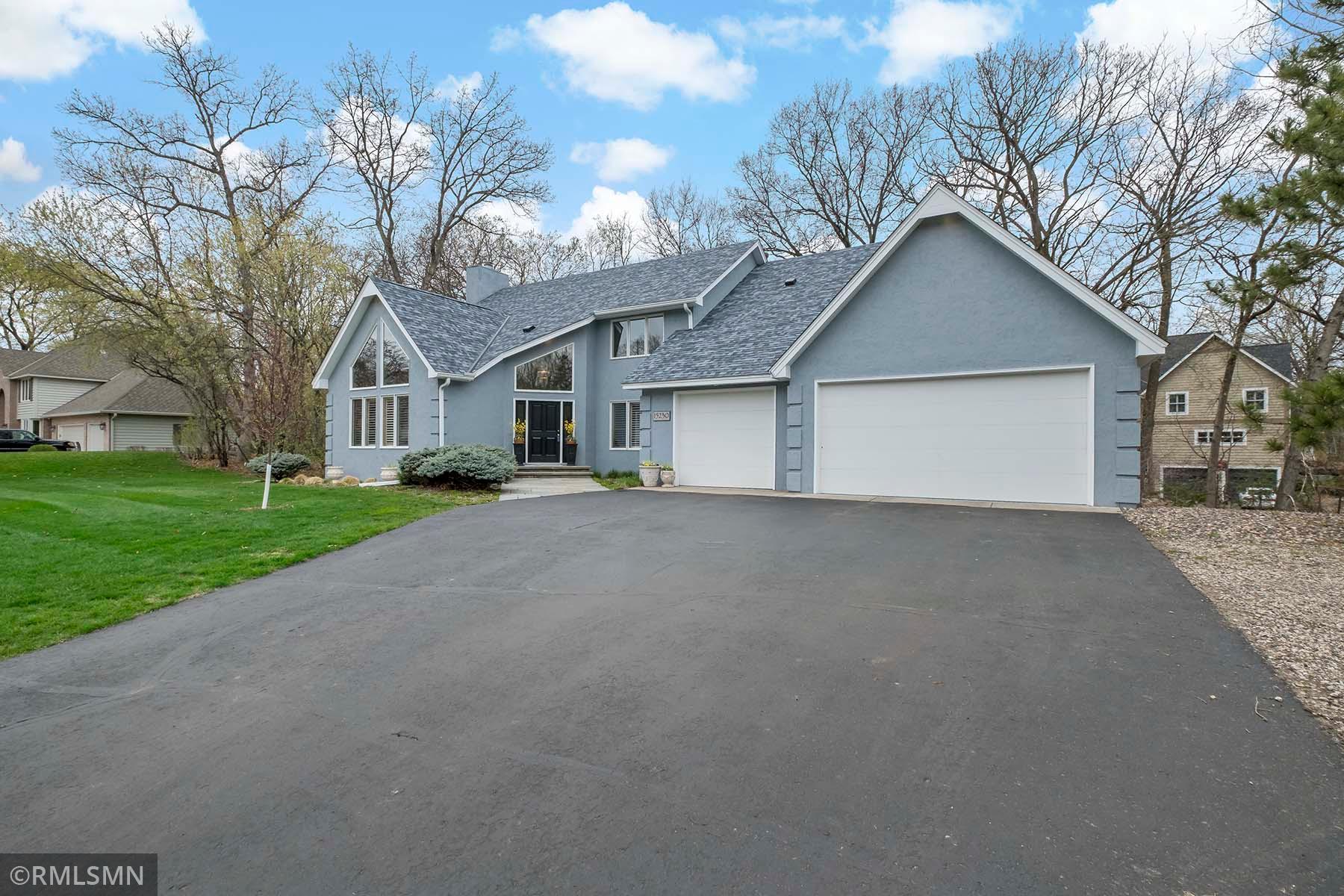Knowing CAM fees is important for tenants looking for lease costs and also for landlords trying to market their properties. But what is CAM in real estate? CAM, which stands for common area maintenance, is an important concept to understand, especially when it comes to commercial leasing. Renters pay CAM fees to landlords to cover the costs of running and maintaining a commercial property's common areas.
In this article, we will go into detail about CAM fees and what they mean in the real estate business. Come along with us as we look at the different types of commercial leases and what CAM fees cover.
What Is Cam In Real Estate?
Common area maintenance (CAM) charges are monthly fees that cover various maintenance expenses for the building and parking lot.
In commercial leases, especially in multi-tenant business parks, CAM charges play a significant role. You are renting a part of the whole property with other tenants when you rent a commercial space in one of these kinds of buildings. Every tenant is responsible for keeping their space clean and paying their fair share of the CAM charges as part of the lease.
Typically, CAM charges include costs associated with property maintenance, insurance, repairs, administrative fees, pest control services, and security services. CAM charges can also be customized per the landlord-tenant agreement in the lease.
A well-drafted lease with accurate CAM calculations is crucial for ensuring transparency and clarity between the tenant and landlord. The lease should provide a detailed breakdown of each expense covered by the CAM fee, which can be verified by the tenant.

Why Are CAM Fees Important?
CAM fees directly impact the financial model and valuation accuracy. CAM reimbursements contribute to rental revenue. These reimbursements form a significant portion of a property's income, along with rent payments.
Accurate modeling of CAM reimbursements is vital. It affects net operating income (NOI), which drives property value and investment returns. Overestimating or underestimating these charges can lead to skewed calculations and inaccurate valuations.
Let us look at the situation where maintenance costs for a common area are reimbursed at 100% or 75%. There is a 90% chance that the value will change, even with a 7% cap rate.
CAM charges matter for both tenants and property owners alike. Tenants need to budget appropriately for their monthly rent along with projected CAM expenses. That’s because these expenses form a significant part of their overall rental cost.
On the other hand, property owners rely on timely payment of CAM fees. It works as an additional source of income used to cover operational expenses without having to dip into personal funds.
CAM Fees vs. Operating Expenses
Commercial real estate costs have two different types: CAM fees and operating expenses. Tenants pay CAM fees to landlords to maintain the common areas of a commercial property. These fees are usually charged in net leases, where tenants pay base rent and CAM costs. But it’s different in a gross lease where the property owner covers common area expenses.
Operating expenses, on the other hand, are commercial real estate property management costs. These costs include payroll, utilities, repairs, and maintenance. The landlord covers operating costs in the tenant's monthly rent.
Types of Commercial Leases and CAM Fees
When it comes to commercial leasing and CAM fees, there are various types of lease structures that determine the distribution of expenses. Let's explore these different types in more detail.
Full Service or Gross Leases
A gross lease is one in which the landlord pays for the property taxes, insurance, and upkeep for the common areas. A lot of office buildings use this type of lease.
If a tenant signs a gross lease, they only have to pay a flat rental rate every year. There are no changes in property taxes, insurance rates, maintenance costs, or other operating costs.
A lot of gross leases cover all of the renter's utilities, and some even pay for the cleaners.
Triple Net Leases
The renter is responsible for most of the costs and pays the CAM charges in a triple net lease. Most of the time, the landlord's only duty is to pay for capital expenses. Capital expenditures, in this case, mean the money spent to fix up or improve the building, land, or parking lot.
Different costs may apply if the tenant and landlord agree on certain terms during the lease negotiations. For instance, the renter, in many cases, only has to pay for HVAC repairs up to a certain amount of money per year. This is called a "stop." It is like a deductible on your insurance.
There are triple net leases on most retail properties, such as restaurants, strip malls, shopping centers, and properties with only one tenant. Investors, including real estate investment trusts (REITs), like to buy homes with triple net leases because the net cash flow is stable.
Modified Gross Leases
In a modified gross lease, the tenant not only pays the base rent but also pays a portion of the property's other costs, like
- Taxes
- Utilities
- Insurance
- Repairs
In commercial spaces with more than one tenant, like office buildings, modified gross leases are most often used. Usually, this kind of lease category falls in the middle of a gross lease (where the landlord pays for all costs) and a net lease (where the tenant pays for all costs).
Everyone involved in such a lease agreement should read it carefully and thoroughly.
Calculating CAM Fees
Calculating CAM fees can vary based on the landlord's chosen method. It can be simple or require detailed accounting, depending on the property owner and specific real estate.
Pro Rata Share of Square Footage
CAM charges are commonly calculated based on a tenant's pro rata share of square footage. This means that each tenant pays for their share of expenses based on the space they occupy on the property.
To calculate CAM charges per square foot (psf), divide the total cost of CAM expenses by the building's total square footage. For example, let’s say the CAM expenses for the year are $100,000, and the building size is 20,000 square feet. Then, the CAM charges would be $5 psf.
In some cases, CAM charges may be calculated based on the square footage of occupied space, especially if parts of the property are vacant. This could result in higher expenses for tenants occupying less space.
To address unequal usage of common areas, landlords may allocate specific expenses to each tenant separately or adjust lease rates based on access to common areas.
Load Factor
Some leases include CAM charges in the rent by allocating a portion of the common area. This is known as the load factor. The load factor calculates the percentage of the building used as a common area and adds it to the usable square footage. This calculation determines the rentable square footage on which the rent payment is based.
For example, let’s say a tenant has 4,500 square feet of usable space and a 10% load factor. Then, they would pay rent on approximately 5,000 rentable square feet.
Fixed CAM Costs
In commercial real estate leases, fixed CAM charges are gaining popularity. Property owners set a flat fee for common area maintenance, with small yearly increases to account for inflation. This structure simplifies the CAM fee process and is often requested by anchor tenants.
It is important for tenants to review property expenses to ensure that the fixed CAM charges align with the actual maintenance costs. However, it's worth noting that some fixed CAM structures may include property taxes and insurance, while others only cover maintenance costs. Larger REITs generally offer fixed fee structures, as they can better absorb unexpected cost increases compared to smaller investors.
Capped Charges
Tenants often negotiate a cap on CAM charges to limit their expenses for common area maintenance. This negotiation helps protect them from unexpected increases and ensures that their lease costs remain within budget.
However, capping CAM charges shifts some of the financial risk to the landlord, who may have to cover additional expenses themselves. During lease negotiations, tenants can propose adding a cap on maintenance costs as part of the agreement with the landlord. By agreeing to this cap, landlords are more likely to secure the desired lease rate from tenants.
What Is Included in CAM Fees?
CAM charges typically include various expenses associated with repairing, maintaining, and cleaning the common areas of a leased property. The specific costs included in CAM fees can vary depending on the lease agreement between the tenant and landlord. However, there are several costs that are commonly covered:
1. Parking lot maintenance, such as resurfacing, repainting, and lighting repairs.
2. Lawn care and landscaping, including mowing, weed control, irrigation, and planting.
3. Snow removal, which varies based on location and winter conditions.
4. Sidewalk maintenance, including repairs and snow/ice removal for safety.
5. Cleaning and maintenance of common hallways, shared restrooms, and elevators.
6. Utilities required for common areas, such as electricity, water, and gas.
7. Other operating expenses specific to the property, like property management fees, security, and on-site management.
CAM fees may also cover city permits, property taxes, property insurance, building repairs, and any other costs the landlord thinks are necessary.
Conclusion
CAM charges play a pivotal role in commercial real estate leases. Understanding what CAM fees entail is essential for tenants and landlords alike. CAM charges cover various costs associated with maintaining and operating the common areas of a property, such as parking lots, hallways, and landscaping. These charges can vary depending on the lease agreement and may include expenses like repairs, utilities, and property management fees.
At Excelsior Realty, we have years of experience and in-depth knowledge of local home inventory and market conditions. Count on us to guide you through the complexities of CAM fees and assist you in developing effective real estate strategies. Partner with Excelsior Realty to navigate the world of commercial real estate with confidence.


